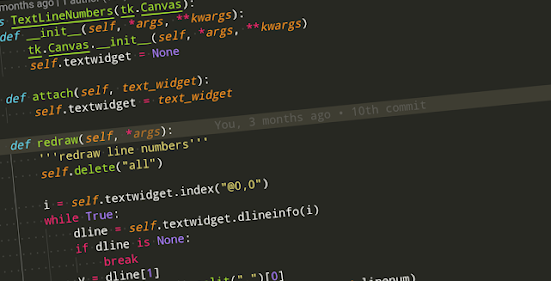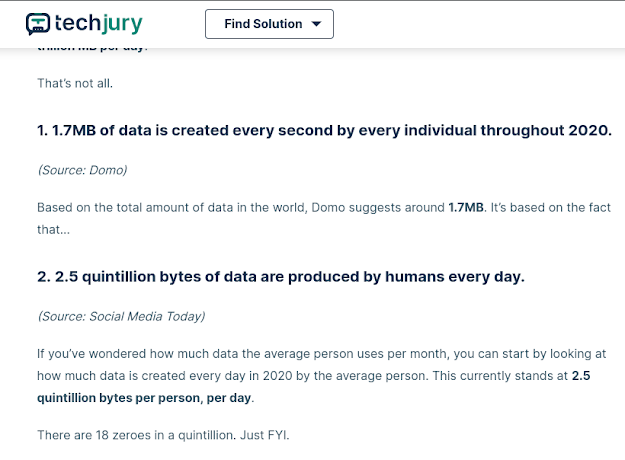CAN PYTHON REPLACE C/C++ FOR PROGRAMMING THE BAREBONE HARDWARE?

Processor or barebone hardware can only understand ‘ON’ or ‘OFF’, that is only 0 or 1. So to make them work for us we need to talk to them in their language. Processors read the user inputs at several strings of 0’s and 1’s. These long strings of 0’s and 1’s are called ‘Machine Language’ where every character is represented in ASCII values such as my name ‘Mainak’ can be represented as ‘01001101 01100001 01101001 01101110 01100001 01101011’. So you can understand that how much difficult it is for us humans to read and write in machine language, but we need to make the processor understand our commands and execute them properly, in this case programming languages comes into the picture. Programming languages gives us an opportunity to give the command to the hardware in human like language. In C/C++ programming language we write the commands in english like language and then the compiler converts it to the machine code. This compiled code is executed by the operating system. In case of ...
